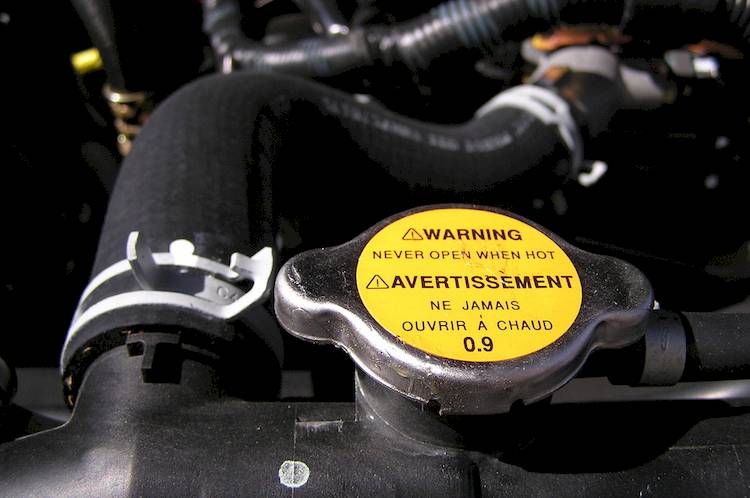

Your car’s engine needs coolant in order to operate safely. Automobile engines generate a significant amount of heat while operating, and that heat must be removed and limited to a specific temperature range. If allowed to overheat, the engine could sustain serious damage (up to and included a cracked head).
Coolant flows from the radiator, through and around the engine, and then back to the radiator once more. In the radiator, the coolant releases its heat into the atmosphere, and then starts the journey around the engine once more. It enters and leaves the radiator through two hoses – the upper and lower radiator hoses.
Radiator hoses are subjected to very high temperatures, both from the coolant flowing through them, and from the engine. They’re also subjected to very high pressure. While they’re made to be very durable, they will eventually fail. This is normal, and they’re considered regular maintenance items. In fact, it’s highly recommended that you have your radiator hoses inspected at every oil change to ensure that you can replace them before they fail. If a hose fails while you’re driving, it could be very damaging to the engine (the loss of coolant could very easily overheat the engine).
There is no true set lifespan for a radiator hose. They should last for at least five years, but some will last longer, particularly if you’re vigilant about having your coolant changed and your vehicle maintained properly.
Given the importance of having good radiator hoses, it makes sense to know a few signs to look for that might indicate one of them is about to fail. These include:
- Cracks or splits in the hose
- Bulges in the hose
- A “crunchy” feel when squeezing a hose (do not check this while hot)
- Bulging or damaged ends (where the hose connects to the radiator)
- Coolant leaks
If you suspect that one of your radiator hoses is about to fail, don’t wait. A certified mechanic can inspect the radiator, radiator hoses and other coolant system components and make any repairs needed.



